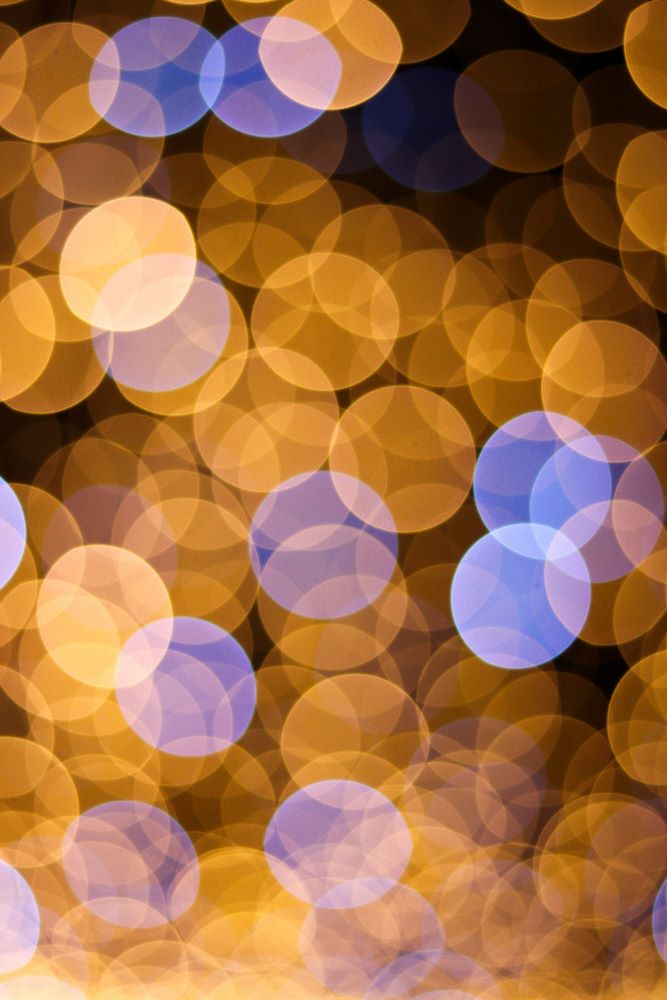Studying things that comprise the universe, artist Julius Horsthuis’ exhibition, “Recombination,” combines aspects of what is a kaleidoscope phenomenon. He explores his mathematical artistic integrity to integrate current dimensional phenomena in his imaginative & realistic fractal composure. He uses fractal arts to build worlds and art of a kaleidoscope universe. Using geometric math, music, and art, ‘Recombination’ is a deeply surround sound experience with 9 musicians, symmetrically bound, creating an illusive realism. This speciality of art oversees an academic and humanistic intention. It corresponds to the overall success of humanistic eco-cosmological life and understanding. With no external impact on the outside universe and with no cosmological extension within reason, what is shown studies all that’s looking closely at that which is within nature. It sees these dimensional phenomena as a universal perspective, and both cosmologically and ecologically constructs ‘Recombination’ as the experience of it. Using all our perceptions of space, time, art, and culture with a new perspective, Horsthuis, through ‘Recombination,’ like much of his work, gives a conclusion that shows how to reflect our perceptions and also our preoccupations. Within a time of the misconceptions of nature, he’s after the idea of math and art to revive a dimensional understanding, now in relation to the extension of it. In the universe that reveals, what I refer to as a kaleidoscope phenomenon, is seen in Recombination.

With both real and abstract physical understanding in the universe, this ‘Recombination’ attests to the idea that it is true that it is a constant, attending to all matter in space. Horsthuis uses his reflection, as do many theorists, including myself, in art and mathematics that theorize things such as linearism, parallelism, symmetry, and the balance of matter. In the world of authorism or articism, theorizing about art in terms of mathematics and science helps us understand at what context and point human discourse disassembles. This is experienced in a great sort of constructivism, and innovation in human composure. Both the artist and viewer see a profoundness in it. The abysmal effects of one another help to understand the affective relation of being, of existence. We have seen that the world we look at is composed of an eternity and external behaviour of time and space in this universe. Between a kaleidoscopic expansion of time, this universalism, that which is expressed by the universe, is captivated by the artist in ‘Recombination’. He uses a cubistic technique that creates branching between lines that make structural naturally elemented dimensions. In my theories of a tesseract existence between the constance of lines and dots, I further the concentrism of this universe in the hyperbolism of color and form, to express the way the 1, 2, 3, 4D universe exists within the rest, and how it is captivated. ‘Recombination Experience creates a deeper knowledge regarding the understanding of the musical and mathematical ties to life.
Recombination By Julius Horsthuis
The way that Julius Horsthuis expresses the internal and external criticism of the universe is through a kaleidoscopic perspective. Using music to elevate the vision beyond what we can describe, he states that “the shapes hide in the fractal formulas. They exist in a mathematical reality… I explore and reveal them. Music, like language, like math, is an important aspect of art in linearity. It is the branch of movement that allows us to understand why and how things move the way that they do. In the world of authorism, theorizing about art in terms of mathematics and science helps us understand at what context and point human discourse disassembles. All these lines matter, they’re all a language. The abysmal effects of one another help to understand the affective relation of being, of existence. Like each and every interaction between nature, whether on earth and in the universe, whether in between the fractal movements and the shapes, whether the lines and dots of music and of math, this phonematic and phenomenal existence is always interchanging. In every still image of the world or universe, it is only time, the time that we experience based on the space we are in. Beyond this time, exists the rest of space that we have yet to learn about. Reflecting it in the intelligent world of mathematics reveals to us the automatism of nature, like eyes that are always seeing, from the outside of our universe, rippling down to the fractals inside. The viewer watches Recombination, and immerses in these fractal ‘eyes,’ of theirs, or of the universe, catching onto it like waves in the sea. It’s experienced by the waves of their mind, experience, memory, and interpretation and reaction to sound and vision. This is the immersive discourse of art, this is Recombination by Julius Horsthuis.

